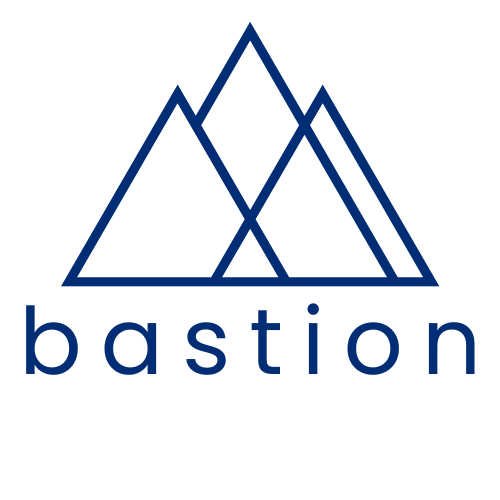What is a McLuhan Tetrad, and how do you use it?
What is a media tetrad or a McLuhan Tetrad?

You may not know Marshall McLuhan by name, but you certainly know his work. McLuhan (1911-1980) was a Canadian philosopher and media theorist who became one of the most influential thinkers about communication and media in the 20th century.
"The medium is the message" and the idea of a "global village" are two of his best known ideas. His influence goes far beyond that, though. He was a major contributor to our contemporary understanding how media works in the age of broadcasting with his core ideas influencing the world wide web and contemporary internet culture.
He is also the creator of one of the best tools for analyzing new forms of communication and technology: the McLuhan Tetrad or the media tetrad. While it didn't feature prominently in his published work until after his death, McLuhan relied upon it to shape his own work.
The analytical underpinning of the tetrad is fairly simple: technology impacts human experience in four categorizable ways: enhancing or amplifying human experience, making prior technologies/media obsolete, retrieving previous patterns or habits, and reversing into negative patterns when pushed to its limits.
What does it enhance or amplify? - What human capability, sense, or function does this medium extend or intensify? For example, the automobile enhances human mobility and speed.
What does it obsolesce or push aside? - What older medium, practice, or way of doing things does it make obsolete? The car obsolesced the horse and buggy.
What does it retrieve or bring back? - What previously lost or dormant element does it revive? Cars retrieved the nomadic lifestyle and personal autonomy that had been constrained by fixed transportation routes.
What does it reverse or flip into when pushed to its extreme? - When the medium reaches its limits, what does it become? Cars, pushed to their extreme, reverse into gridlock, pollution, and urban sprawl that actually constrains mobility.
McLuhan presented these four effects as happening simultaneously rather than sequentially. Every technology exhibits all four characteristics, though the effects may not always be obvious to a casual or even expert observer. McLuhan also talked about the the figure and ground quality of the effects. The figure qualities (on the left of the tetrad) are what we notice – Enhancing and Retrieving. Those on the right are the ground – Reversing and Obsolescing – are qualities often invisible or less noticeable at the outset.
There is no right or wrong answer when completing a tetrad; it is an analytical tool aimed at helping clarify or elucidate trends. A very basic one on Generative AI is below. While it isn't perfect or complete, you can readily see how it clarifies some of what exists. The newer a technology, the more difficult it often is to complete a tetrad with answers that are true, enduring, and significant.

What does this mean for diplomats?
As the Krach Institute for Technology Diplomacy regularly points out, every diplomat will increasingly have to be a technologist in the 21st century. As media experts and practitioners cope with a changing technology ecosystem--generative AI, algorithmic platforms, synthetic personas, mis/disinformation, and so much more, the McLuhan tetrad is a useful tool to understand what a technology means and why it may matter.
Even more, they are a powerful tool to aid learning – fill out a tetrad as you study a topic, adding your own insights as you go. You might just find discovering some surprises along the way.





